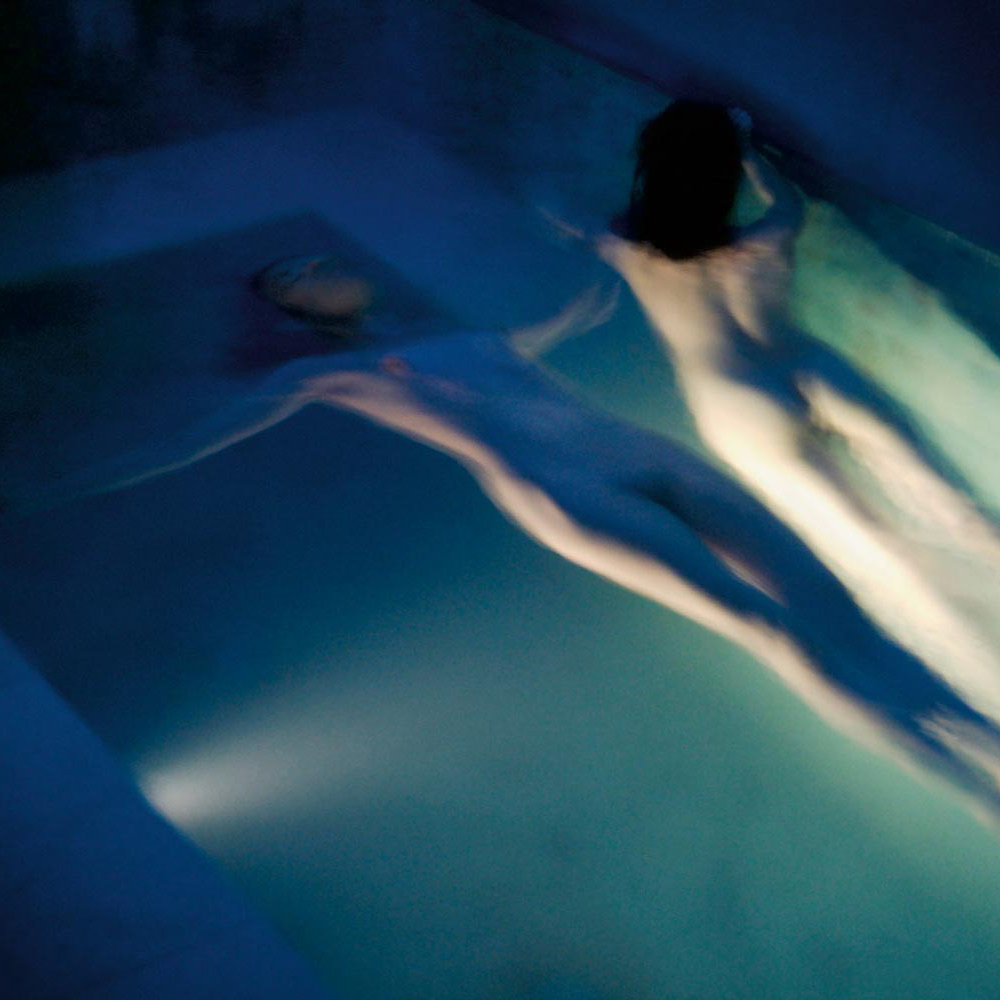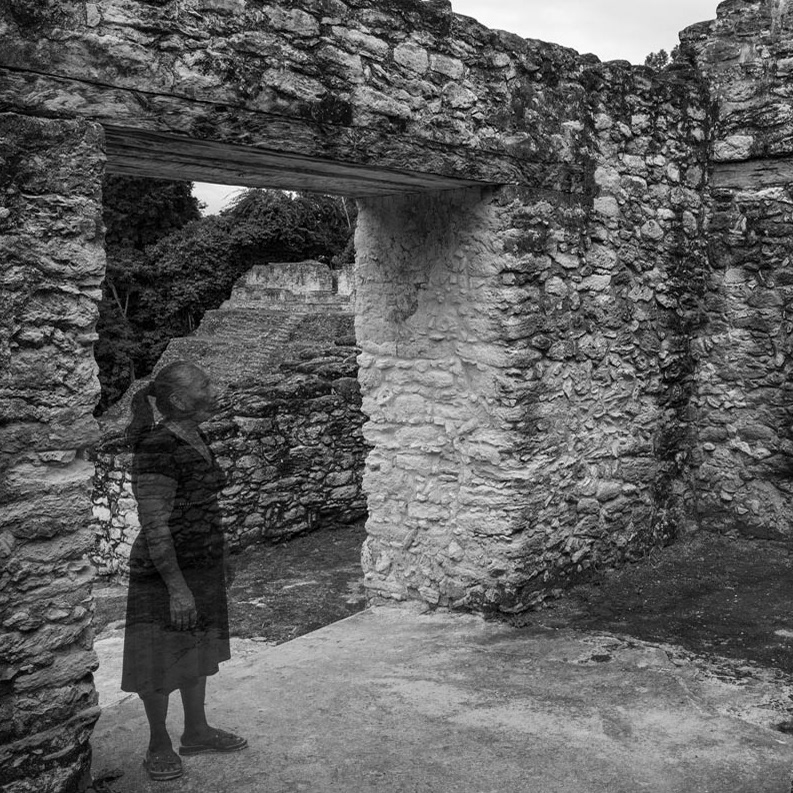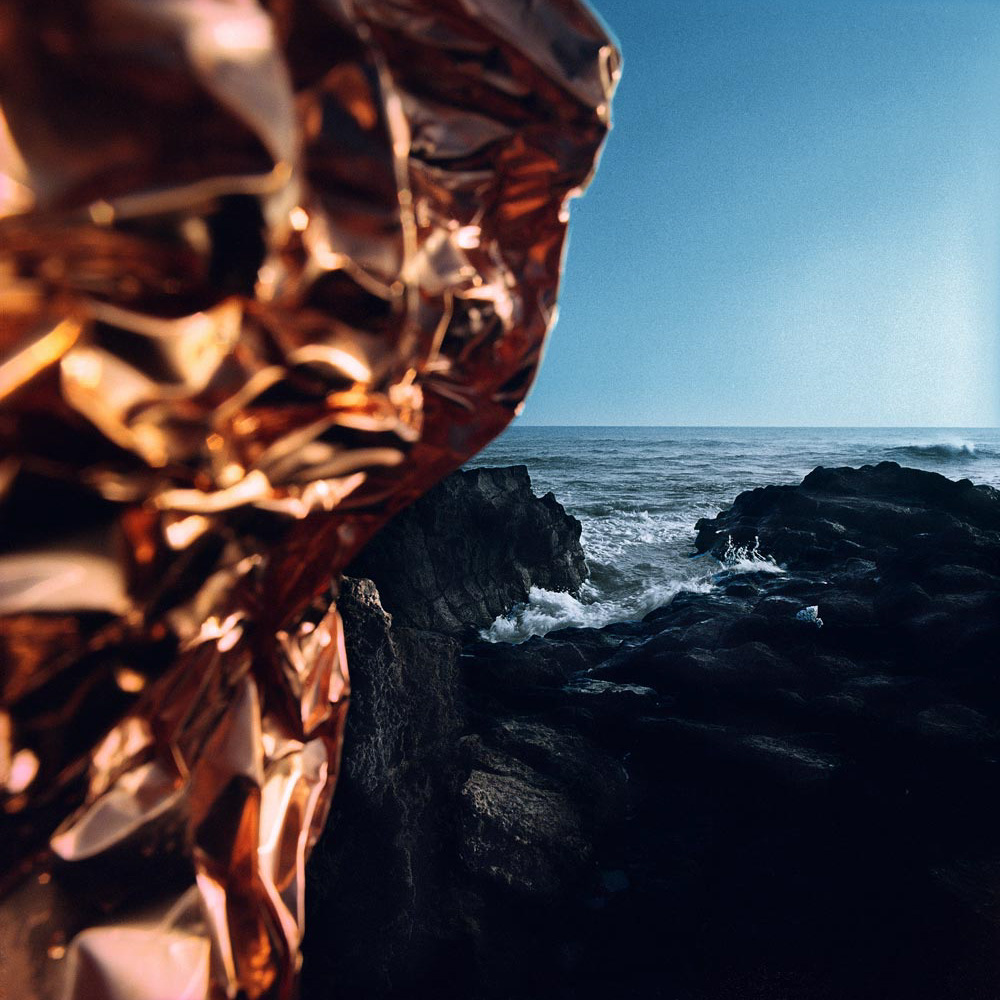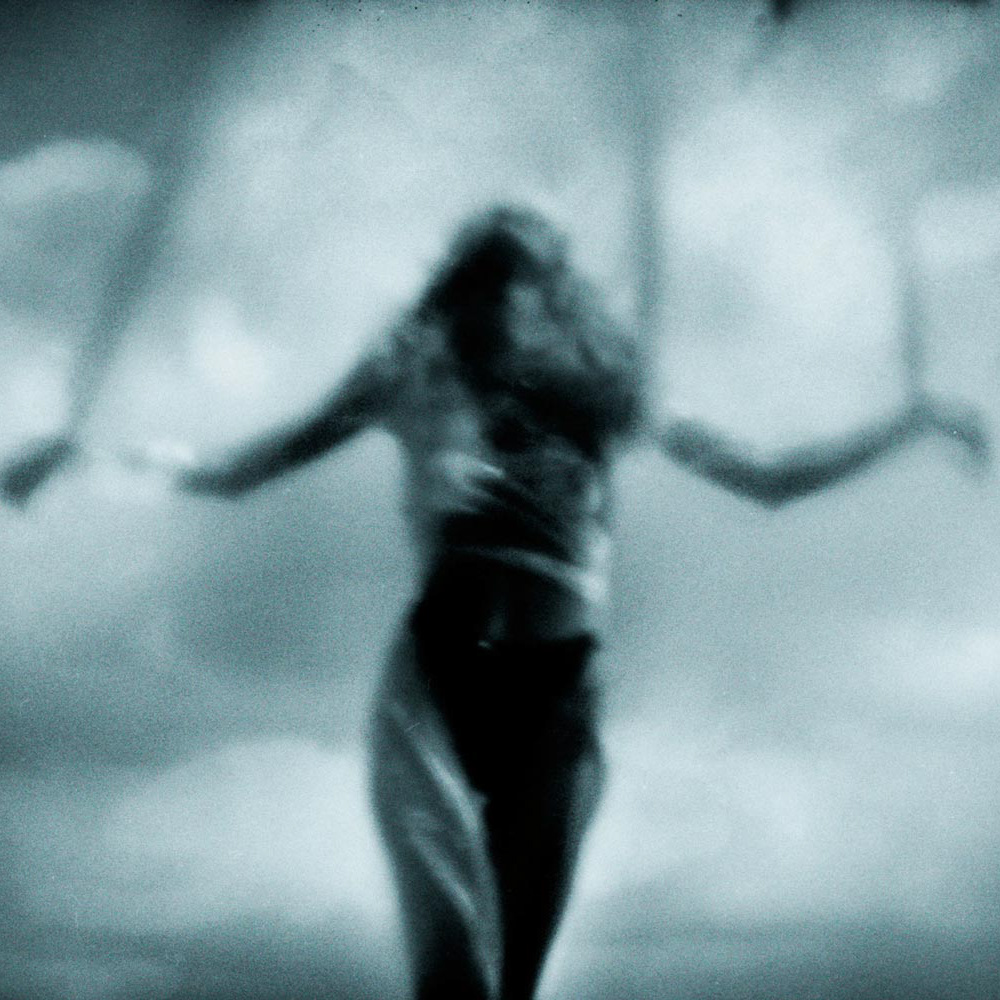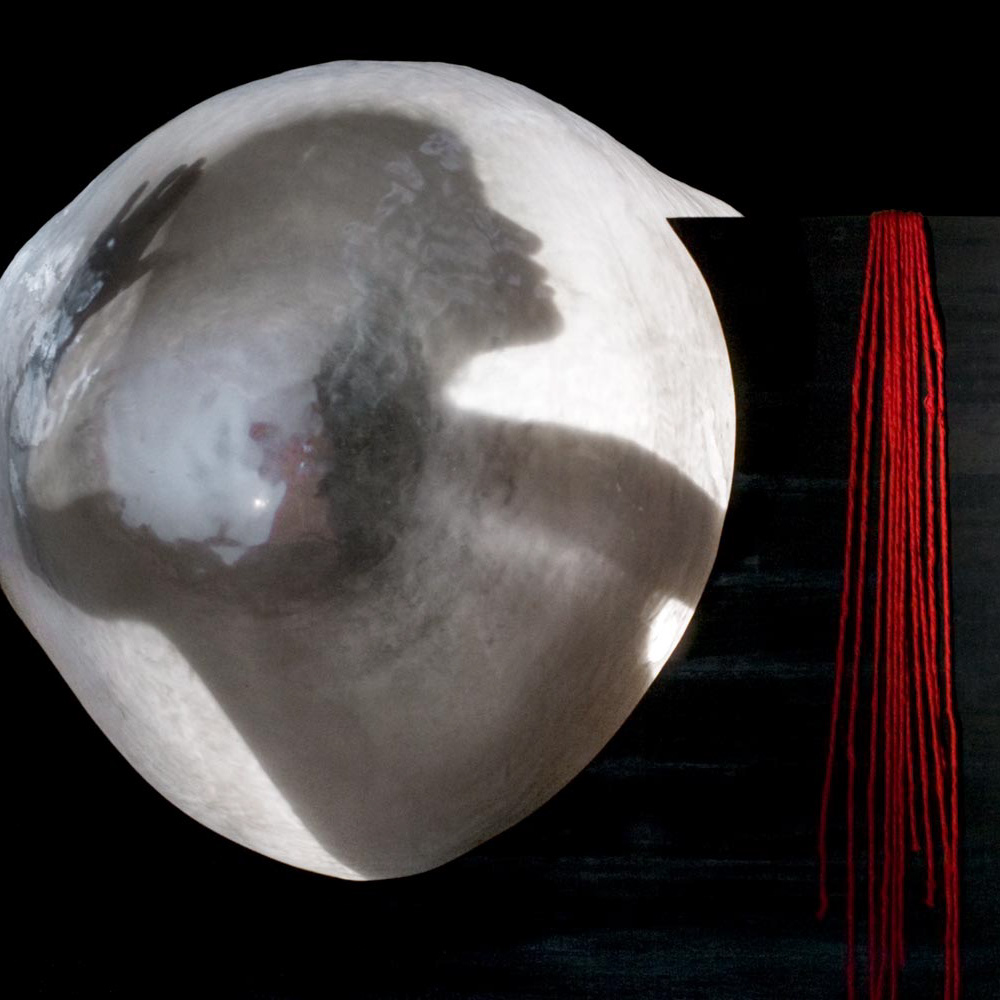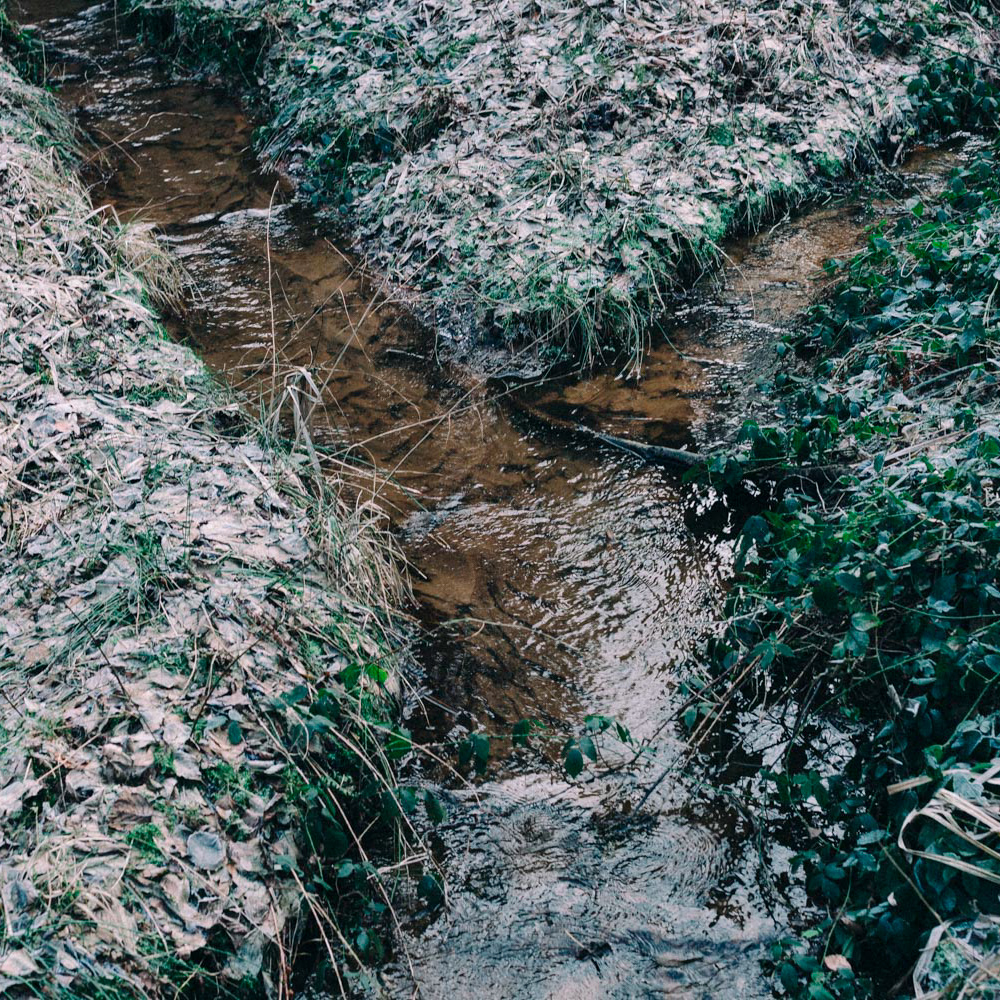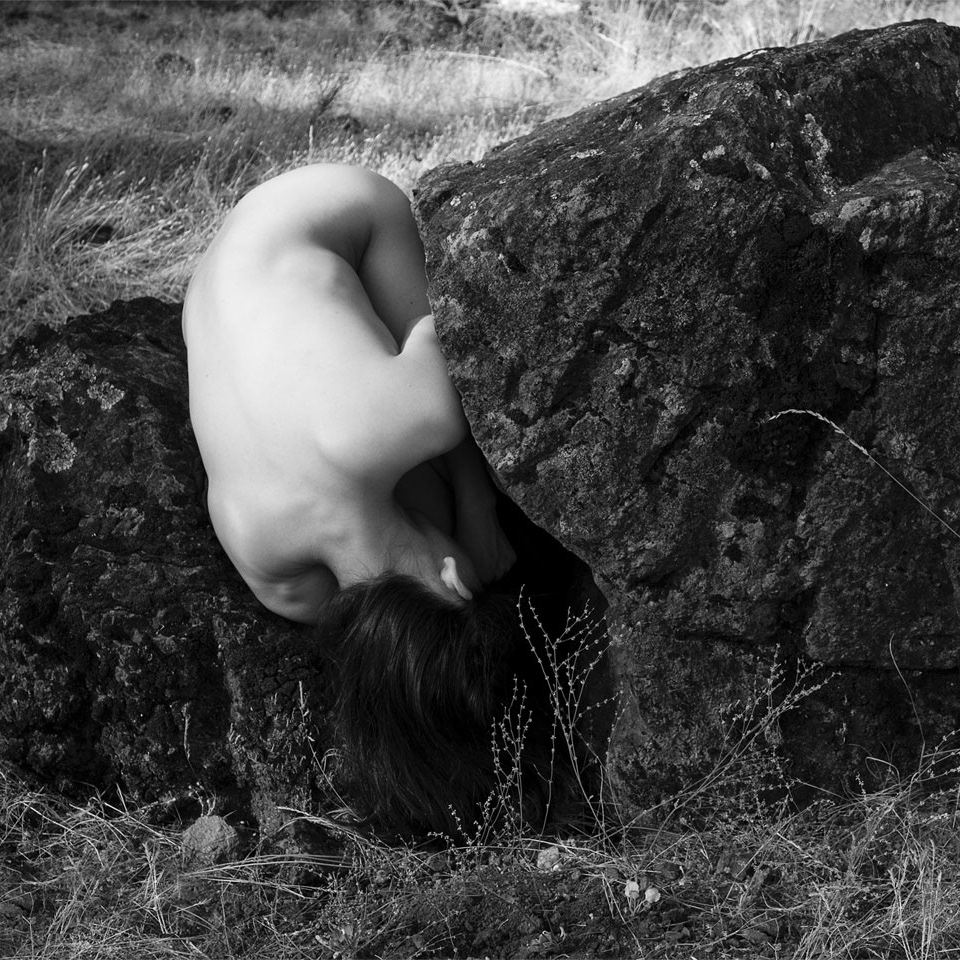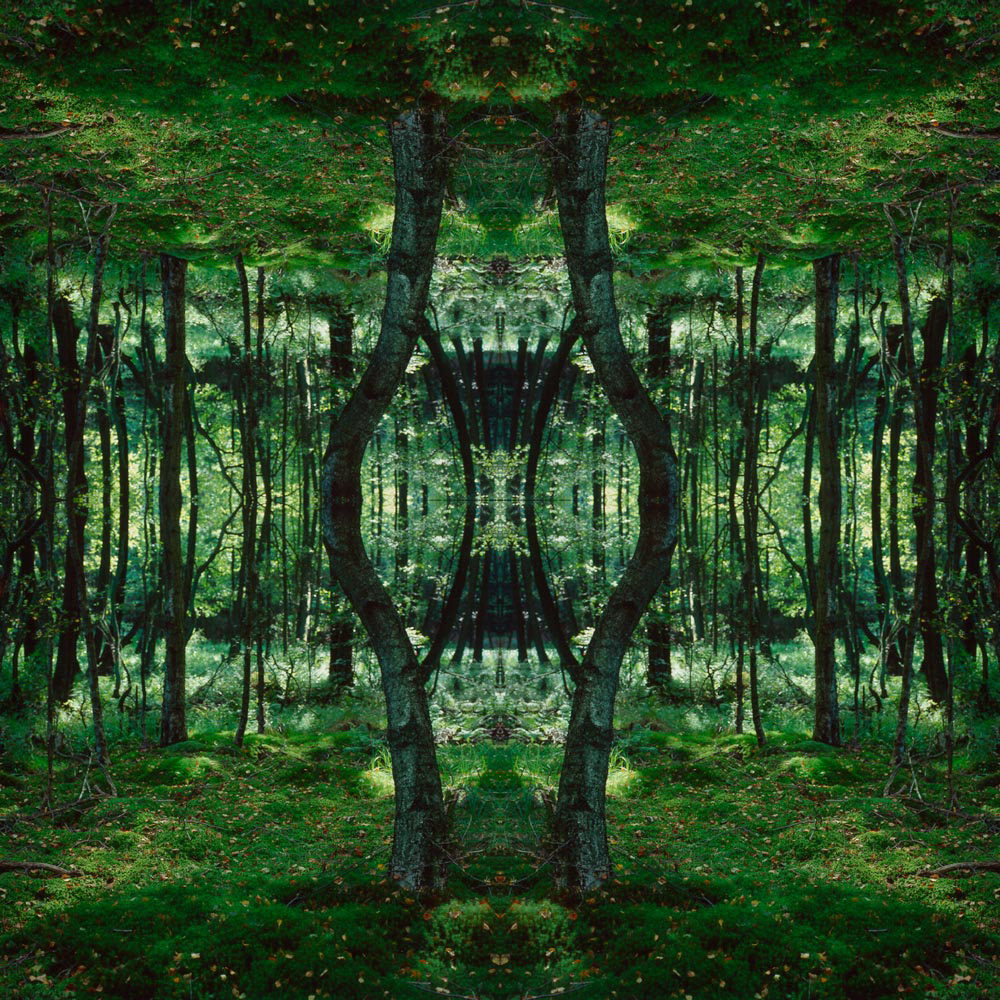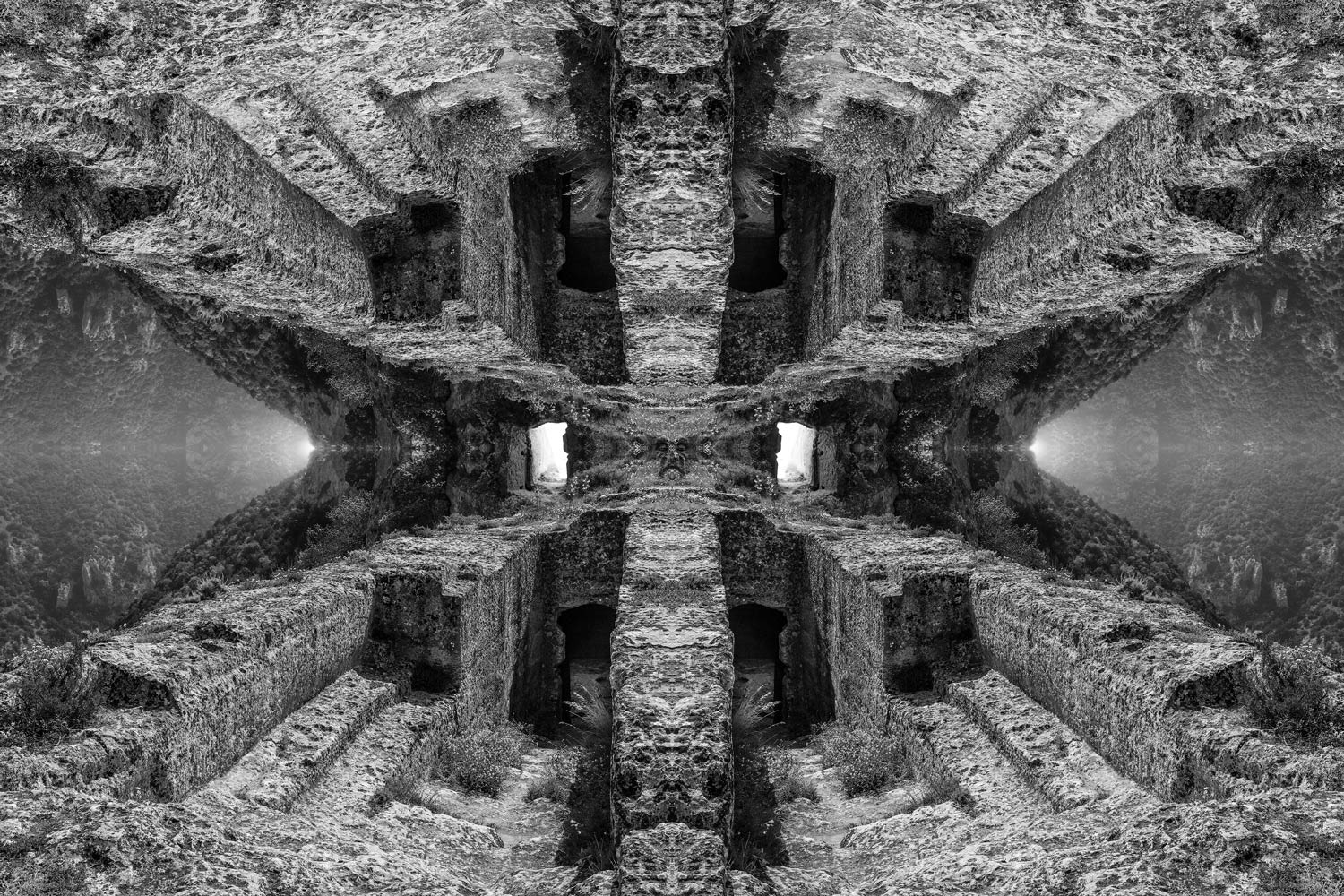
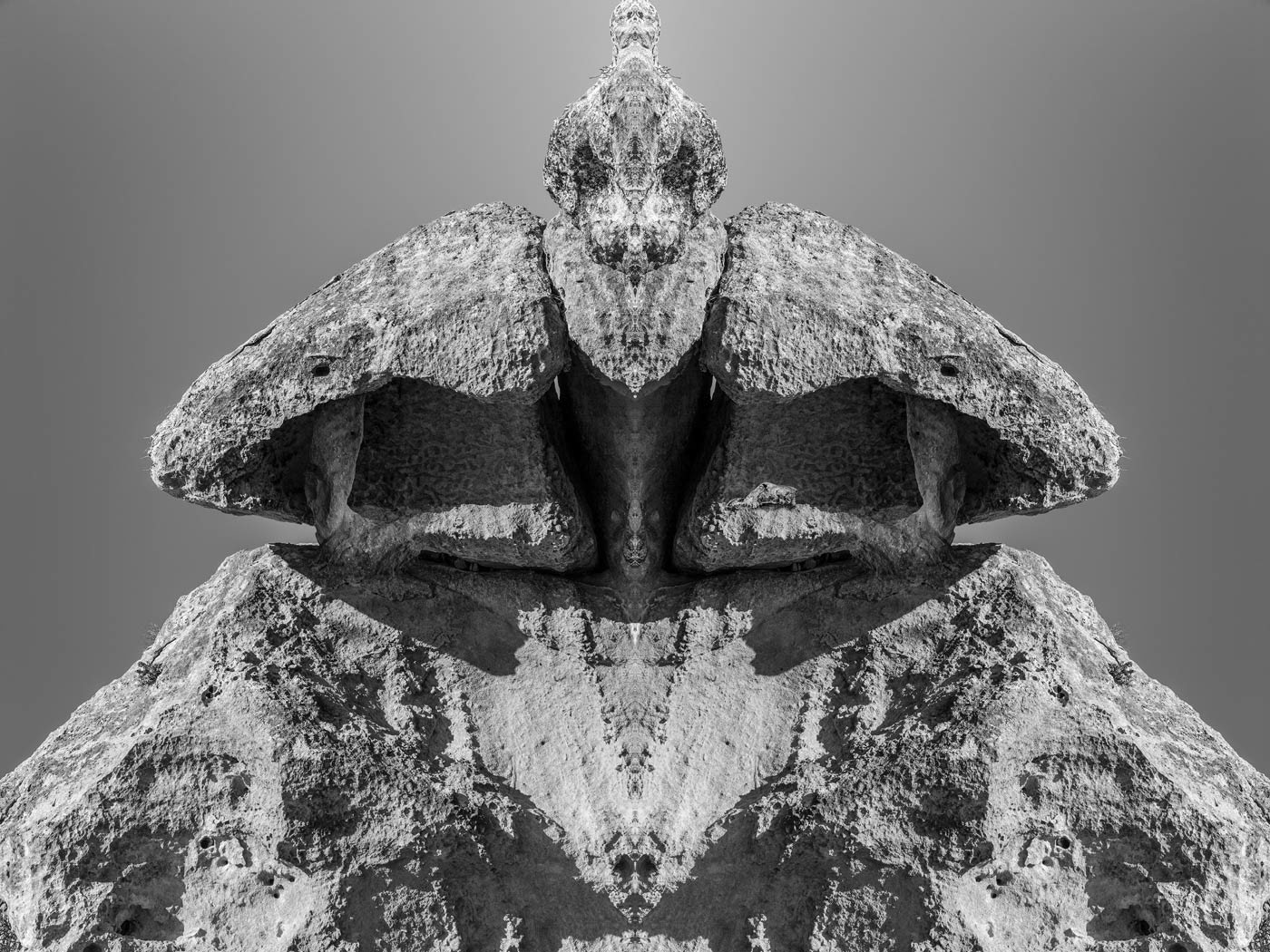
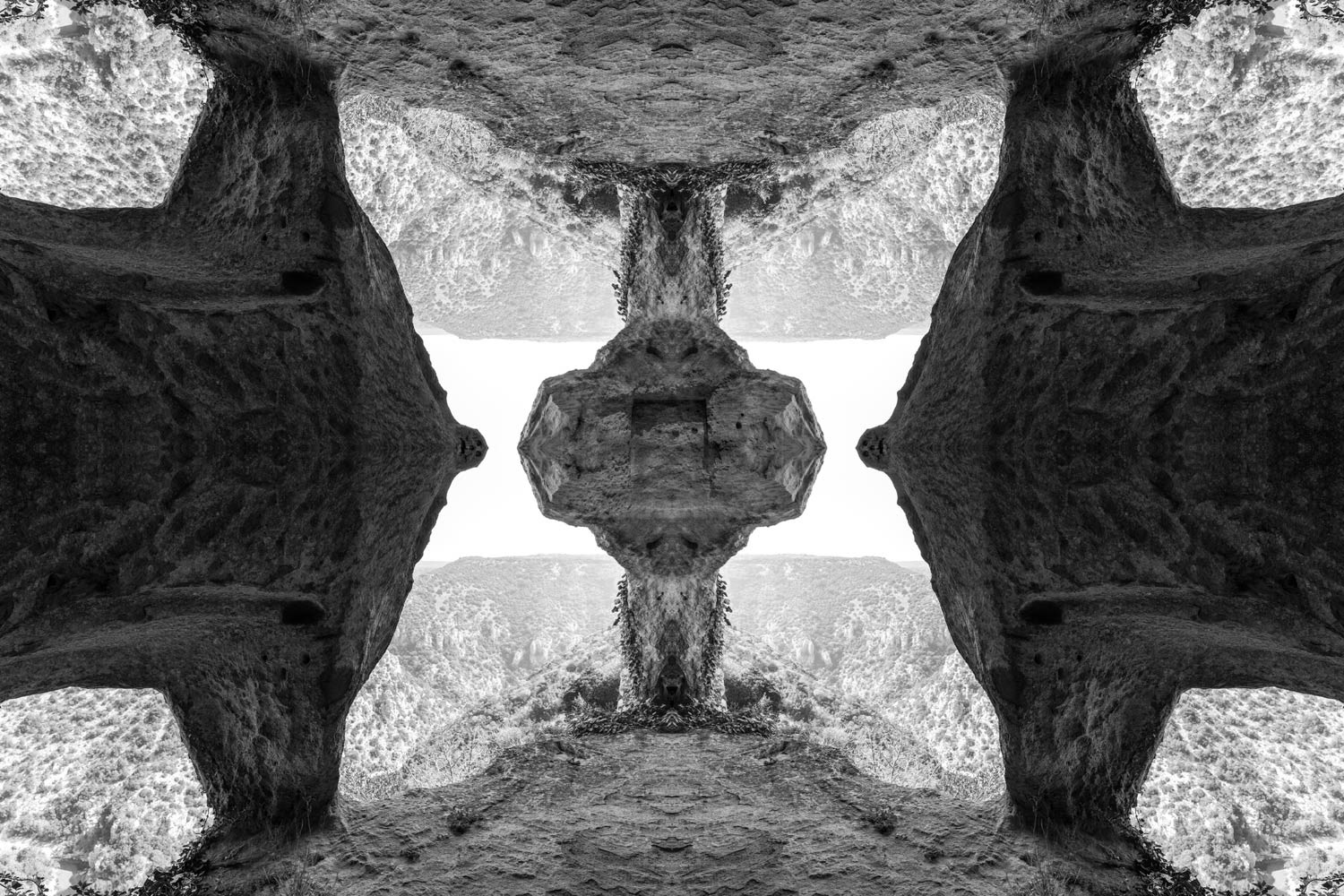
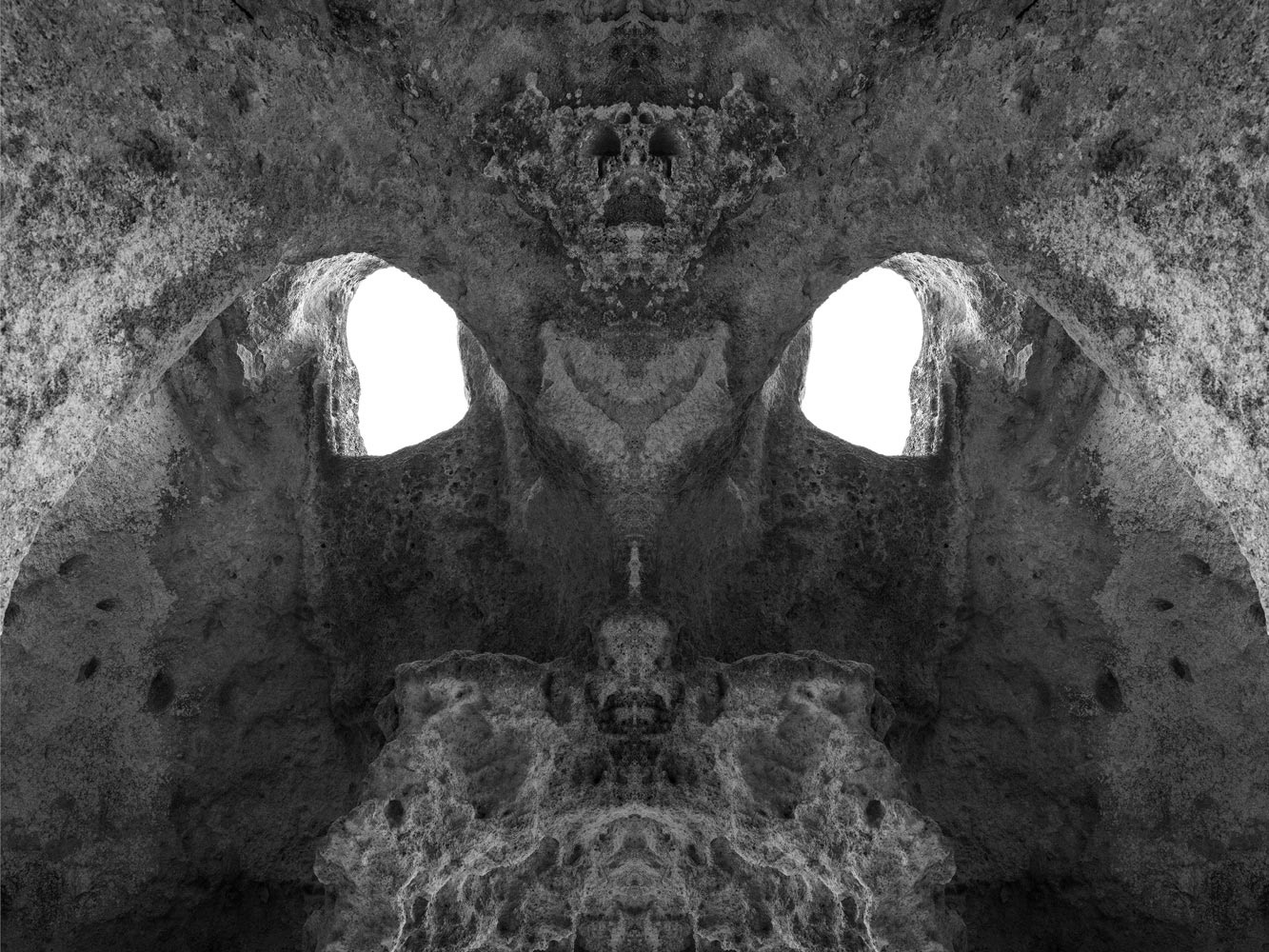
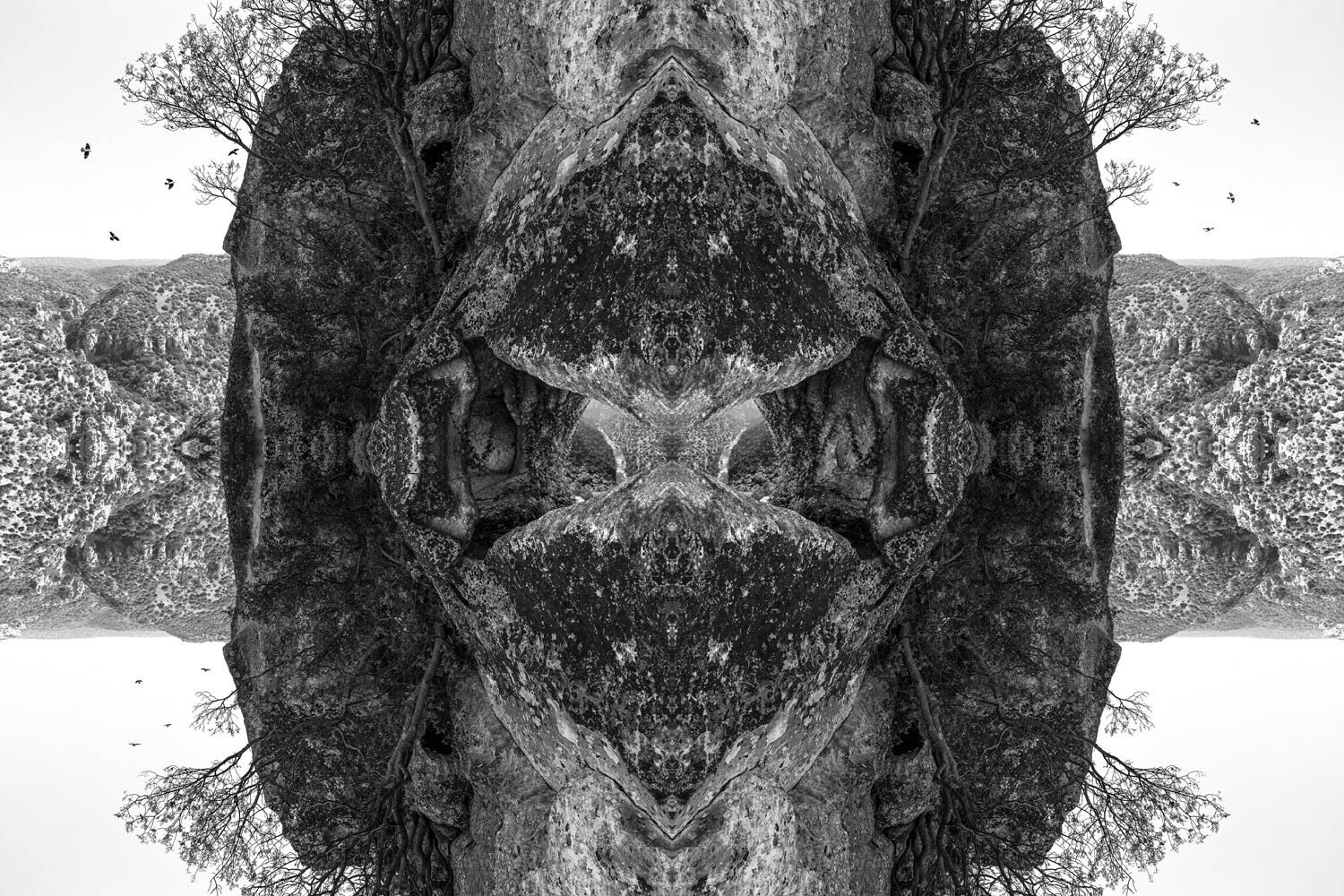
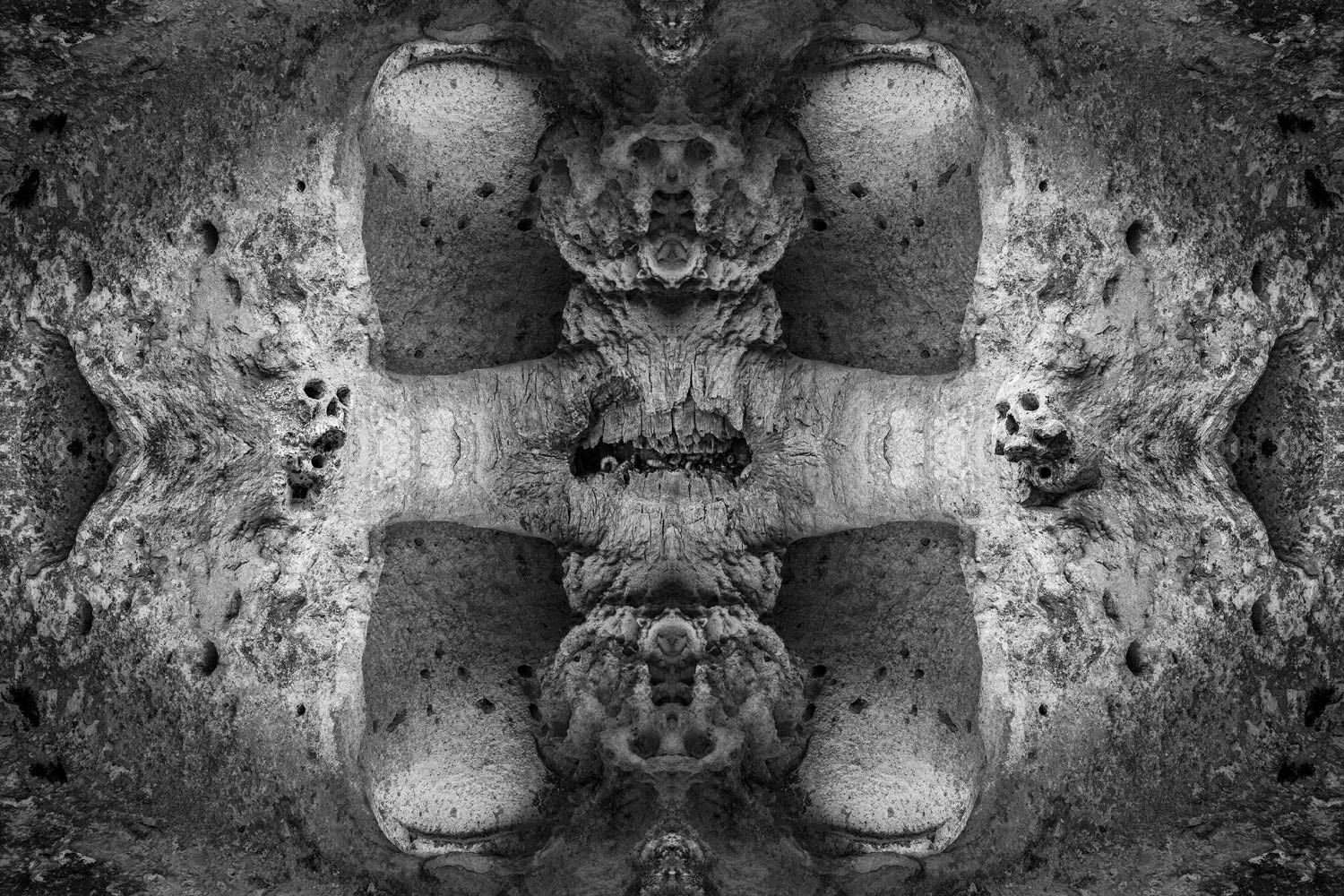
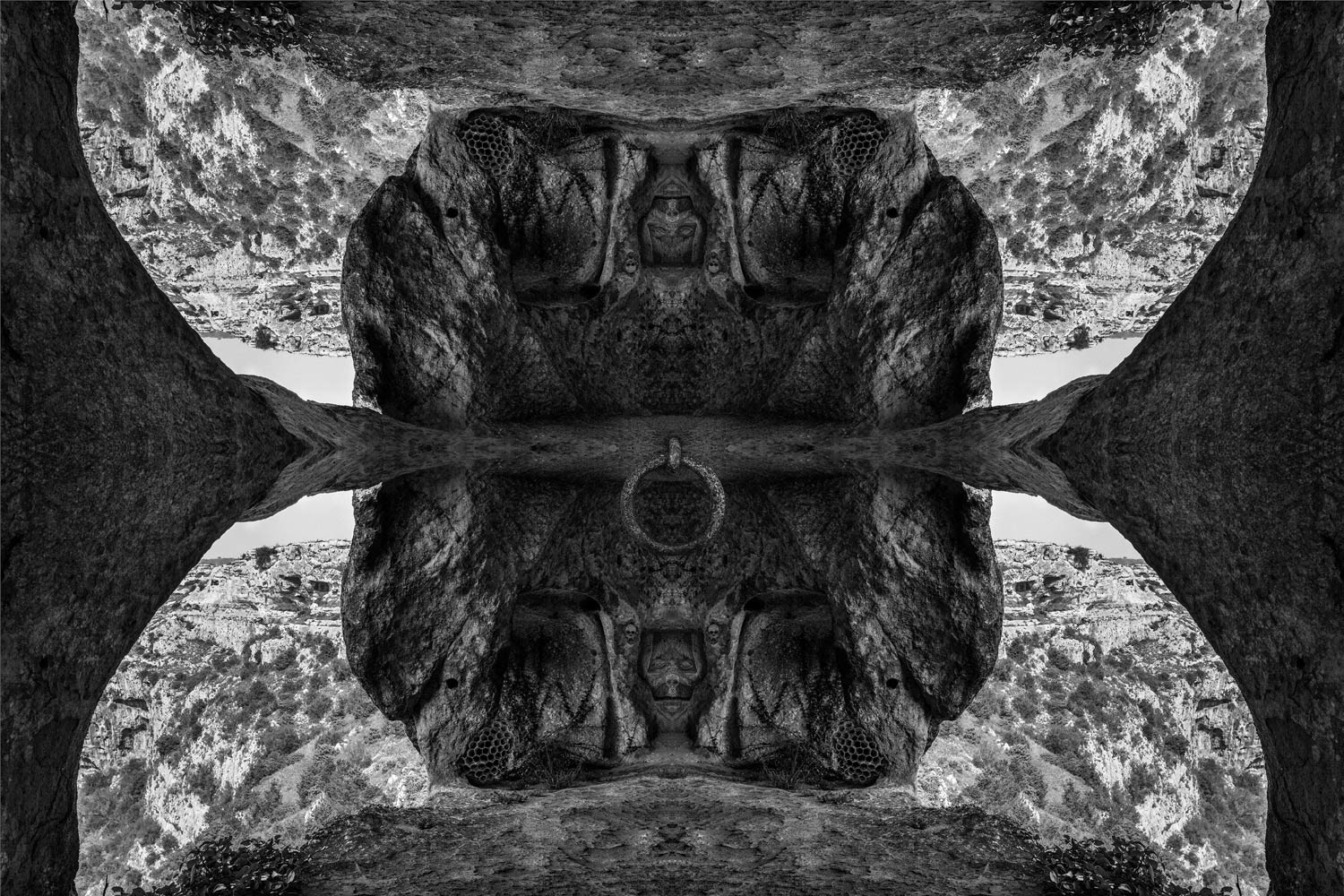
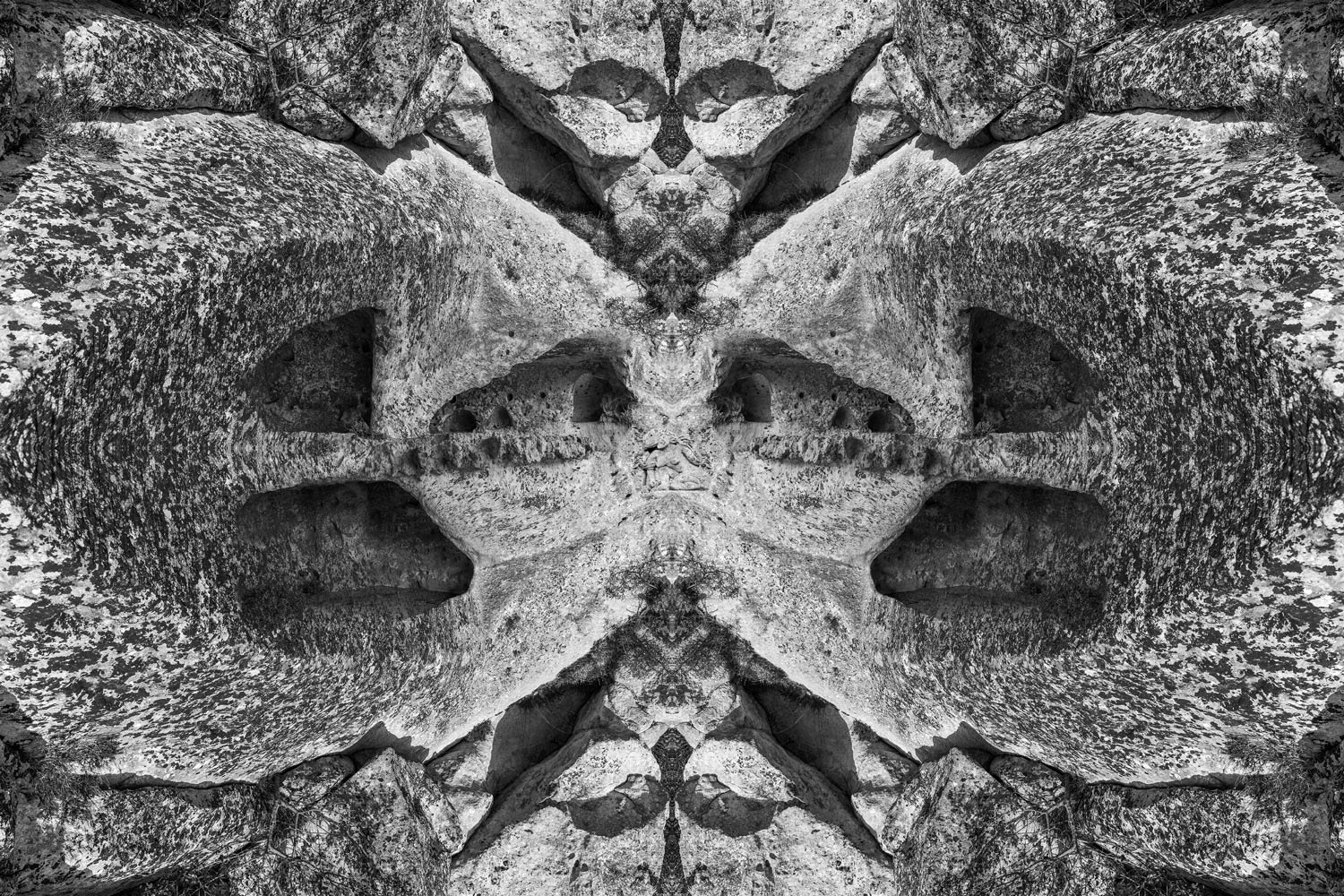
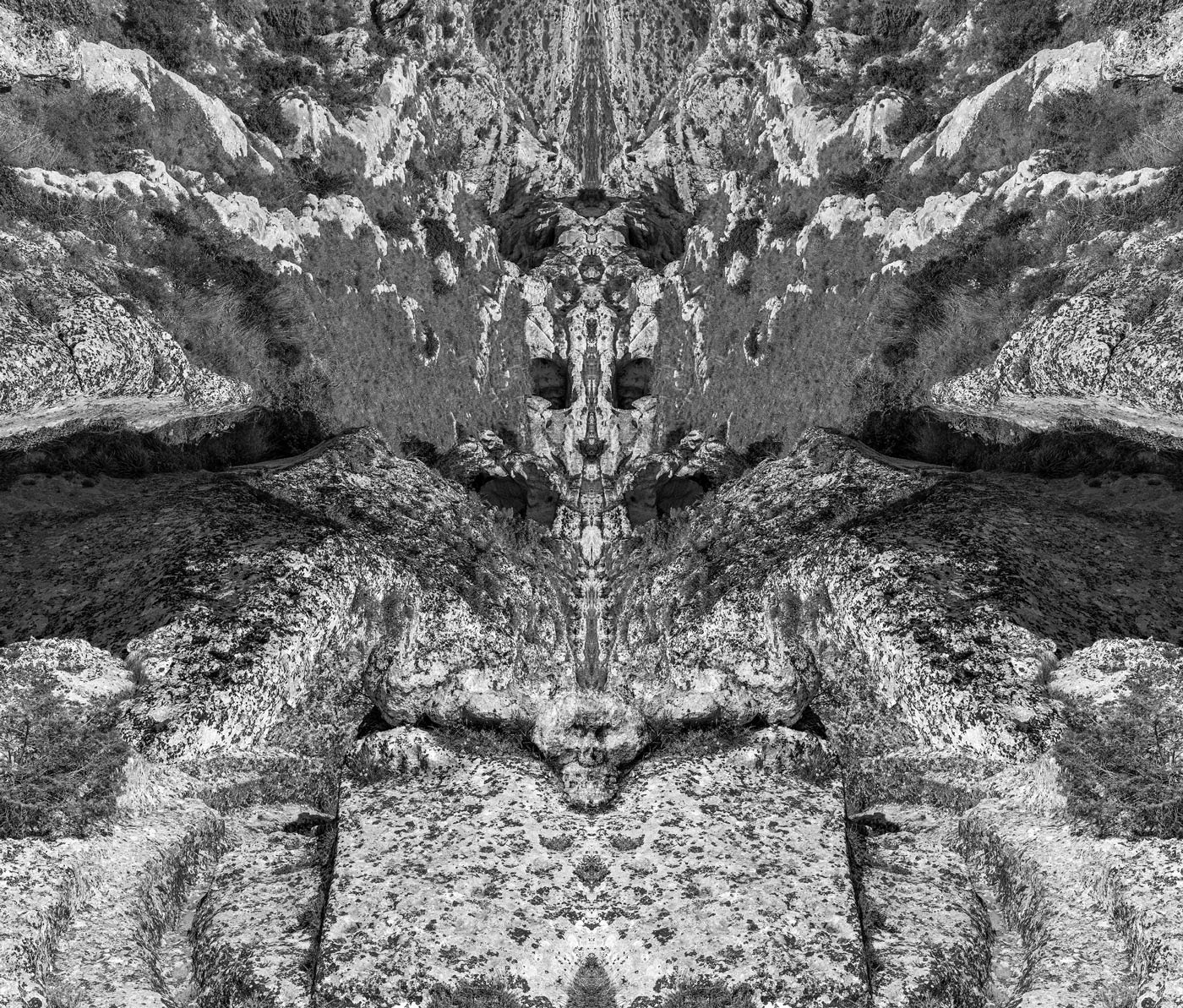
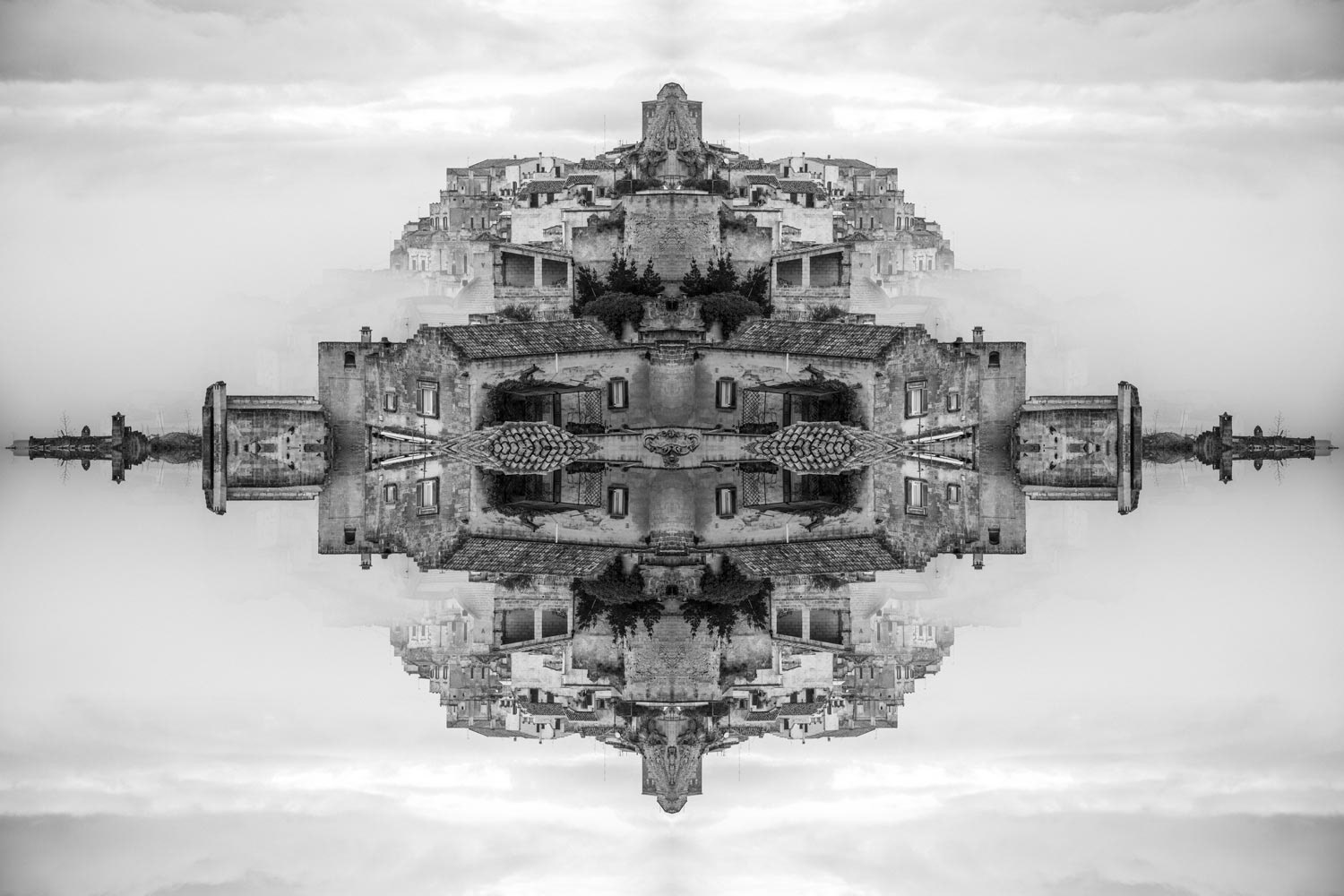
Details
“It’s not what you look at that matters, but what you see.”
Henry David Thoreau
The visions of Gundolf Pfotenhauer. Grottos. Huge splits in the rock. Spectacular caves. Amazing build-ups of limestone. Entire landscapes of mineral ores that seem to go on to infinity. Entire geological eras that burst to the surface bearing with them the echoes of life long past. Are we lost in space or in time? Where are these mysterious images taking us — these images which evoke worlds we cannot recognize? Why are they so very suggestive? What do they remind us of, what do they touch deep inside of us? Is Pfotenhauer’s project, Echo, in the Pascoli Hall of Palazzo Lanfranchi, accompanying us in a voyage to the center of the earth, into the heart of one of the world’s oldest settlements? Or, rather, is it taking us into the deepest heart of a shared consciousness, expressed in archetypes or ‘représentations collective’, as Carl Gustav Jung called them, a Western expression of an Oriental concept? Representations that, as always, are able to unite us in our humanity, over and above space-time considerations and over and above the usual considerations.This is a symbolic imaginary construct founded upon geology rather than anthropology, though it carries the nervous system of the human dimension, which takes shape in the fantastical visions of Pfotenhauer. Photographs? Perhaps. Among other things. But not only. One thing is certain—these are special images which do not reproduce reality as seen at first glance, our daily reality which is essentially brief, superficial, linear. “Everything straight lies,” murmured the dwarf disdainfully. “All truth is crooked, time itself is a circle.” Echo seems to recall the eternal refrain of Nietzsche, as proclaimed in his ‘the Vision and the Enigma (from Thus Spake Zarathustra).
We are used to shallow, flat and quick glances which only reflect back to us what we already know, what is normal, consolatory and without risk. This includes the more difficult and contradictory visions, as were the Sassi of Matera, which today is a fascinating, attractive, conciliatory landscape. As frozen and ‘distant’ as any postcard. But Pfotenhauer isn’t interested in postcards, nor is he interested in cleaned-up and numbing landscapes—he is interested in the fantastic, in the grottos and their details. Indeed, look at the grottos across the Gravina, which excavate like empty orbits the other ‘natural’ side of the ravine, that same view that is now running the risk of becoming a film location or sought-after backdrop for film productions, which are no longer the ‘dirty’ Gospels of Pasolini. Look, try to find the images that fill in the backdrop, the details to pick out. Details. That’s the word that crops up over and over when describing the project. Details that Pfotenhauer seeks out and picks out most patiently, with the focus of a collector/speleologist, details that are mashed up, reconnected and overlaid with the images of reality, like a puzzle (or a kaleidescope) and offer a key to interpreting his complex work. Details. It would in fact be oversimplifying to say that reality is what offers itself bravely to be seen. In truth, reality is what opens itself generously to view. Indeed, reality is much much more than what is visible at first glance. One must look deep within in order to fully see. There are so many different levels, nuances, small elements there for the discovering, as if in a hidden world which lies much deeper than appearance would suggest. An internal journey behind appearances, behind reflexes, as in music. A palimpsest of sound which is not directly perceptible, a wall of sound where, if you sharpen your hearing, you can hear various instruments, incredible melodies, heavenly sounds.
A non-rhetorical trip trying to figure out what happens behind the surface of things. A counter-archeology of knowledge. What is visible in Gundolf Pfotenhauer’s images, perfectly in tune with this mineral dimension, apparently lifeless and infused with ancestral memory, is something primal, what flashes before our astonished eyes is basically a story. The story of a place that encompasses all places.
The visions of Gundolf Pfotenhauer. Grottos. Huge splits in the rock. Spectacular caves. Amazing build-ups of limestone. Entire landscapes of mineral ores that seem to go on to infinity. Entire geological eras that burst to the surface bearing with them the echoes of life long past. Are we lost in space or in time? Where are these mysterious images taking us — these images which evoke worlds we cannot recognize? Why are they so very suggestive? What do they remind us of, what do they touch deep inside of us? Is Pfotenhauer’s project, Echo, in the Pascoli Hall of Palazzo Lanfranchi, accompanying us in a voyage to the center of the earth, into the heart of one of the world’s oldest settlements? Or, rather, is it taking us into the deepest heart of a shared consciousness, expressed in archetypes or ‘représentations collective’, as Carl Gustav Jung called them, a Western expression of an Oriental concept? Representations that, as always, are able to unite us in our humanity, over and above space-time considerations and over and above the usual considerations.This is a symbolic imaginary construct founded upon geology rather than anthropology, though it carries the nervous system of the human dimension, which takes shape in the fantastical visions of Pfotenhauer. Photographs? Perhaps. Among other things. But not only. One thing is certain—these are special images which do not reproduce reality as seen at first glance, our daily reality which is essentially brief, superficial, linear. “Everything straight lies,” murmured the dwarf disdainfully. “All truth is crooked, time itself is a circle.” Echo seems to recall the eternal refrain of Nietzsche, as proclaimed in his ‘the Vision and the Enigma (from Thus Spake Zarathustra).
We are used to shallow, flat and quick glances which only reflect back to us what we already know, what is normal, consolatory and without risk. This includes the more difficult and contradictory visions, as were the Sassi of Matera, which today is a fascinating, attractive, conciliatory landscape. As frozen and ‘distant’ as any postcard. But Pfotenhauer isn’t interested in postcards, nor is he interested in cleaned-up and numbing landscapes—he is interested in the fantastic, in the grottos and their details. Indeed, look at the grottos across the Gravina, which excavate like empty orbits the other ‘natural’ side of the ravine, that same view that is now running the risk of becoming a film location or sought-after backdrop for film productions, which are no longer the ‘dirty’ Gospels of Pasolini. Look, try to find the images that fill in the backdrop, the details to pick out. Details. That’s the word that crops up over and over when describing the project. Details that Pfotenhauer seeks out and picks out most patiently, with the focus of a collector/speleologist, details that are mashed up, reconnected and overlaid with the images of reality, like a puzzle (or a kaleidescope) and offer a key to interpreting his complex work. Details. It would in fact be oversimplifying to say that reality is what offers itself bravely to be seen. In truth, reality is what opens itself generously to view. Indeed, reality is much much more than what is visible at first glance. One must look deep within in order to fully see. There are so many different levels, nuances, small elements there for the discovering, as if in a hidden world which lies much deeper than appearance would suggest. An internal journey behind appearances, behind reflexes, as in music. A palimpsest of sound which is not directly perceptible, a wall of sound where, if you sharpen your hearing, you can hear various instruments, incredible melodies, heavenly sounds.
A non-rhetorical trip trying to figure out what happens behind the surface of things. A counter-archeology of knowledge. What is visible in Gundolf Pfotenhauer’s images, perfectly in tune with this mineral dimension, apparently lifeless and infused with ancestral memory, is something primal, what flashes before our astonished eyes is basically a story. The story of a place that encompasses all places.
Of Matera, the thousand year old capital of cave culture.
However, for a change, these are not the Sassi, perhaps by now even too attractive and glamorous, skirting the dangerous edges of gentrification, which will not resolve but skips over the denial of the post exodus, but rather the abandoned caves, the grottos of Murgecchia and Murgia Timone, which bear traces of prehistoric villages and which feed Pfotenhauer’s vein of fantasy but above all his desire to fully commit to the investigation, looking for the mythological, perhaps even magical, elements, over and above historical and ritualistic elements.
This is an archetypical, chthonic, primordial dimension, with its ‘visionary’ images which manage to evoke emotions with concrete efficiency and a touch of astonishment. What’s interesting here is the entire process of recomposing these images, borne of fantasy tales of yesteryear rather than current mainstream fantasy, harkening back to the great masters of horror such as Edgar Allan Poe and above all H.P. Lovecraft, whose myths of Cthulhu seem to linger as dark wraiths in Pfotenhauer’s stone coffins. There could be pain in this work, but there isn’t. There is research and a critical vision, German rigor if you will, but nothing is taken for granted.
However, for a change, these are not the Sassi, perhaps by now even too attractive and glamorous, skirting the dangerous edges of gentrification, which will not resolve but skips over the denial of the post exodus, but rather the abandoned caves, the grottos of Murgecchia and Murgia Timone, which bear traces of prehistoric villages and which feed Pfotenhauer’s vein of fantasy but above all his desire to fully commit to the investigation, looking for the mythological, perhaps even magical, elements, over and above historical and ritualistic elements.
This is an archetypical, chthonic, primordial dimension, with its ‘visionary’ images which manage to evoke emotions with concrete efficiency and a touch of astonishment. What’s interesting here is the entire process of recomposing these images, borne of fantasy tales of yesteryear rather than current mainstream fantasy, harkening back to the great masters of horror such as Edgar Allan Poe and above all H.P. Lovecraft, whose myths of Cthulhu seem to linger as dark wraiths in Pfotenhauer’s stone coffins. There could be pain in this work, but there isn’t. There is research and a critical vision, German rigor if you will, but nothing is taken for granted.
The truth is that though the dark and Gothic dimension is potent, at least as part of the intellectual project, the modern fantasy image prevails and is emancipated from its nihilistic roots. Recomposing occurs in the artist’s mind, as a subconscious process resulting in a type of vision/illumination which morphs immediately into a new image, where the various fragments (details) which have been chosen and collected fit in. Those details then emerge and fashion something like a new texture that overlays and integrates into the image produced by the vision. It is as if the details were allowing the emergence of what lies underneath, of an ancestral memory, the memory of the stone. Details necessary in order to understand the essence of the place. And the details emerge from the context, from the history and from the art and become part and parcel of the visual puzzle which then is replicated and multiplied, reflexes of reflexes, like the phantasmagoric shapes of a Rorschach test to be used to analyse our personality. Symmetry, the doppelganger, the echo. Echo, like the project —the reflection of time and space, the echo that causes the propagation of sound, that creates a symmetry, that creates the doppelganger. And the image comes forth, emerges, all on its own. It screams.
These are all-encompassing visions, nay magnetic visions, which harken back to the heart of the magic world where no animal life, let alone human life, seems to be allowed. There are ores, the rocks with their traces of life, fossils, and then traces of mankind embedded in the rocks. All of this is apparently inert. However, there is something deeply human in the stone, which lies dormant, waiting.
Not Lovecraft’s being, who was not human in any way, a negative dark divinity, but rather the essence of humanity, something that preceded this and that partakes of everything. A collective memory, the content of which is expressed by archetypes, “specific shapes that seem to be omnipresent and everywhere.” Jung says that these are pre-existing forms that belong to a psychic system which is “collective, universal and impersonal by nature, and identical in all human beings,” which is not developed but inherited. So not only belonging to the Materan community of today and of yesterday, but of the universal city, part of humanity’s heritage.
That is one of the reasons that the caves and grottos of the limestone highlands are more ‘interesting’ than the fragile Sassi, which are, it can be argued, too narrative, too easy to read, too self evident. After the Sassi were abandoned and forgotten for many years, thanks to a cultural then a political reassessment over the past few decades the Sassi have been reborn and are the heart of a new and accelerating urban development which at the moment carries serious risks. However, humans deserted the grottos and never returned and it would appear that nothing remained. But appearances hide the details. Pfotenhauer is fascinated by the signs buried in the landscape, by the wealth of stratification (both in space and time) but also by the cliches of the sunny south, of southern thought. Beneath the surface of political correctness, Pfotenhauer discerns closed-mindedness, superstition and darkness. The tragic past that has not been completely overcome of the reality of one of humankind’s most ancient settlements, of what existed before Matera, before the trenches of the neolithic villages, the oldest traces of the presence of man. A universal understanding, centered on humanity. Pfotenhauer is a sentimental seeker of details. Details that make up a wonderful hidden story which can connect us to the memory of stone.
Not Lovecraft’s being, who was not human in any way, a negative dark divinity, but rather the essence of humanity, something that preceded this and that partakes of everything. A collective memory, the content of which is expressed by archetypes, “specific shapes that seem to be omnipresent and everywhere.” Jung says that these are pre-existing forms that belong to a psychic system which is “collective, universal and impersonal by nature, and identical in all human beings,” which is not developed but inherited. So not only belonging to the Materan community of today and of yesterday, but of the universal city, part of humanity’s heritage.
That is one of the reasons that the caves and grottos of the limestone highlands are more ‘interesting’ than the fragile Sassi, which are, it can be argued, too narrative, too easy to read, too self evident. After the Sassi were abandoned and forgotten for many years, thanks to a cultural then a political reassessment over the past few decades the Sassi have been reborn and are the heart of a new and accelerating urban development which at the moment carries serious risks. However, humans deserted the grottos and never returned and it would appear that nothing remained. But appearances hide the details. Pfotenhauer is fascinated by the signs buried in the landscape, by the wealth of stratification (both in space and time) but also by the cliches of the sunny south, of southern thought. Beneath the surface of political correctness, Pfotenhauer discerns closed-mindedness, superstition and darkness. The tragic past that has not been completely overcome of the reality of one of humankind’s most ancient settlements, of what existed before Matera, before the trenches of the neolithic villages, the oldest traces of the presence of man. A universal understanding, centered on humanity. Pfotenhauer is a sentimental seeker of details. Details that make up a wonderful hidden story which can connect us to the memory of stone.
Marta Ragozzino
Direttrice del Polo Museale Regionale della Basilicata
Direttrice del Polo Museale Regionale della Basilicata

